
Films
- Read More
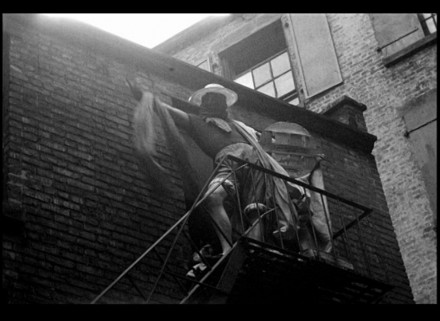 Experimental
ExperimentalWhirled, The (aka Four Shorts of Jack Smith)
Ken JacobsDVD 16mm, color and b/w, sound, 19 minRental formats: 16mm, DVD NTSC - Read More
 Experimental
ExperimentalBlonde Cobra
Ken Jacobs16mm, color and b/w, sound, 33 minRental formats: 16mm, Digital file, DVD NTSC - Read More
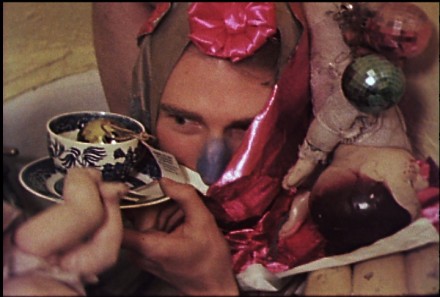 Experimental
ExperimentalLittle Stabs At Happiness
Ken Jacobs16mm, color, sound, 15 minRental format: 16mm - Read More
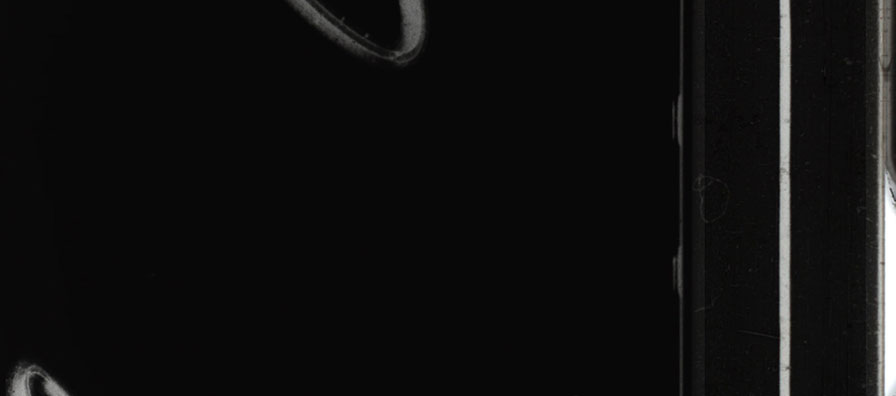 Experimental
ExperimentalBaud'larian Capers
Ken Jacobs16mm DVD, color, sound, 15 minRental formats: 16mm, DVD NTSC - Read More
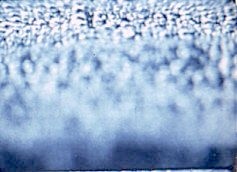 Experimental
ExperimentalWindow
Ken Jacobs16mm, color, silent, 12 minRental format: 16mm - Read More
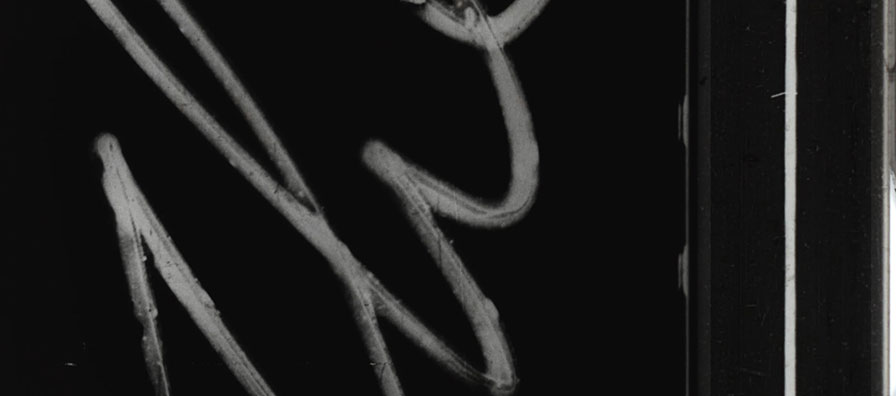 Experimental
ExperimentalThe Sky Socialist
Ken Jacobs16mm, color, sound, 90 minRental format: DVD NTSC - Read More
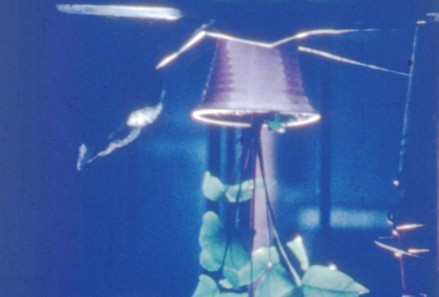 Experimental
ExperimentalAirshaft
Ken Jacobs16mm, color, silent, 4 minRental format: 16mm - Read More
 Experimental
ExperimentalSoft Rain
Ken Jacobs16mm, color, silent, 12 minRental format: 16mm - Read More
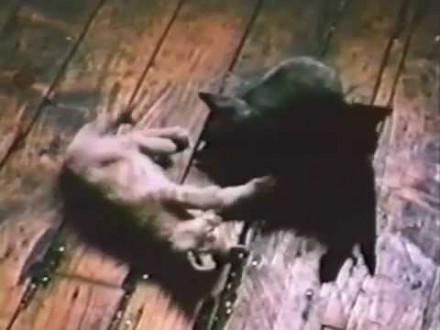 Experimental
ExperimentalNissan Ariana Window
Ken Jacobs16mm, color, silent, 14 minRental formats: DVD NTSC, 16mm
Biography
"One of the founders of the American avant-garde cinema, Ken Jacobs (b. 1933) has been working ceaselessly and boundlessly in film, video and moving image performance for over fifty years. Jacobs began working in a mode of guerilla cinema, shooting anarchic and exuberant – yet also politically astute – theatrics in the streets of his native New York in the early 1950s, including a number of prescient and Beat infused works – Little Stabs at Happiness, the shorts included in The Whirled – made with a very young Jack Smith.
Fascinated with early cinema and experimental film from a young age, Jacobs gradually turned to found footage as a dominant inspiration, a breakthrough marked by his seminal deconstruction of cinematic narrative and illusionism Tom, Tom the Piper’s Son (1969), which famously manipulates and expands a 1905 film of the same name to create a breathless and revelatory work of pure cinema. Early “primitive” cinema, and increasingly, nineteenth century photography, has remained a touchstone in Jacobs’ work and a principal tool to launch an extended critique of the aesthetic, ideological and technological limits defining film and the cinematic apparatus itself. In the 1970s Jacobs took this critique to another level, defining what he termed “paracinema,” a radical mode of moving image performance that included his Nervous System Performances, transformative film experiences that use two simultaneous 16mm projectors and a variety of live sound and music to explore those audio-visual dimensions hidden within the film strip. Endlessly curious about technology, Jacobs embraced the possibilities of video in a meeting of the digital, early film/photography and 3-D imagery that magically bridges the nineteenth and twenty-first centuries and has given way to such powerful and sublimely beautiful works as Krypton is Doomed, and, most recently, Razzle Dazzle: The Lost World. Among Jacobs’ most important inventions is his Nervous Magic Lantern, a mysterious and mesmerizing performance of light and shadow that returns to cinema’s most essential roots, and which he evocatively describes as 'cinema without film or electronics.'" - Harvard Film Archive

